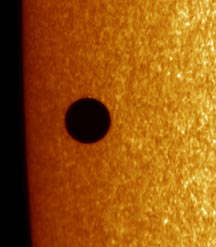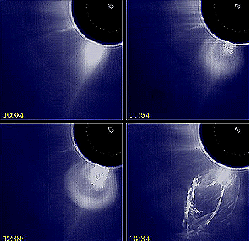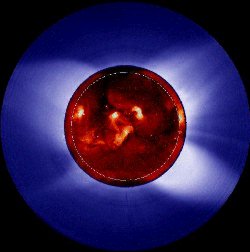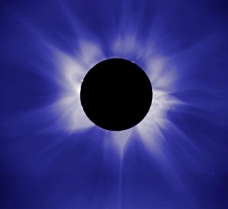Solar Eclipse Image Archive

This is an image of a solar eclipse in 1994. The image was taken by the Newkirk White Light Coronal camera. (Image courtesy NCAR's High Altitude Observatory.)
(36K JPG)

Another image of an eclipse (Courtesy of Aris Multimedia Entertainment, Inc. 1994)
(23K GIF)

Another image of an eclipse (Courtesy of Aris Multimedia Entertainment, Inc. 1994)
(18K GIF)

This is an image of an eclipse taken in Mexico showing little corona but a nice view of prominences. (Courtesy of Jay Keller)
(135K GIF)
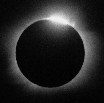
Another eclipse image. (Courtesy of Jay Keller)
(204K GIF)
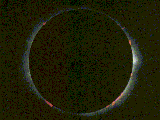
Another image of an eclipse. (Courtesy of NASA)
(75K GIF)

This is an eclipse of the sun in Mexico on 11 July 1991 behind light clouds.
(Courtesy of Northern Lights Planetarium)
(7K GIF)

Sketch of the Earth and Moon's orbits.
Courtesy of NASA (71K JPG)
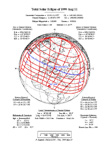
Global map of the path of the August 11, 1999, solar eclipse.
Coutesy of NASA(18K GIF)

White light image of the corona during an eclipse.
Courtesy of NASA(38K JPG)

The corona is visible during a solar eclipse
Courtesy of NASA(28K JPG)

Image of the October 24, 1995, solar eclipse.
Courtesy of NASA(21K JPG)
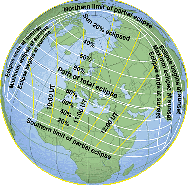
Globe showing how much of the eclipse is visible in a given region on August 11, 1999.
Courtesy of NASA(21K JPG)

Image of the October 24, 1995, solar eclipse.
Courtesy of NASA(49K GIF)

Beautiful image of an eclipse from India.
Courtesy of NASA(18K JPG)
 Images of the August 11, 1999, solar eclipse
Images of the August 11, 1999, solar eclipse
 List of previous solar eclipses
List of previous solar eclipses
 The history behind solar eclipses
The history behind solar eclipses





